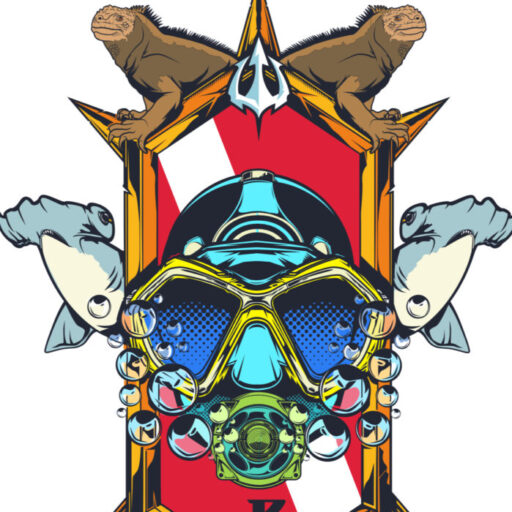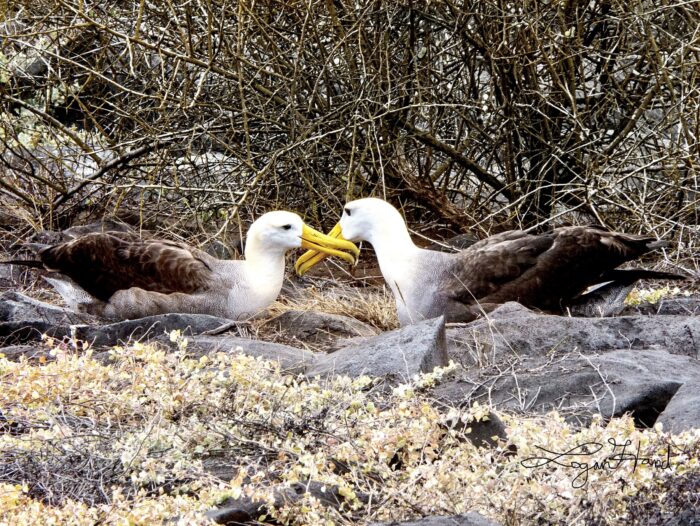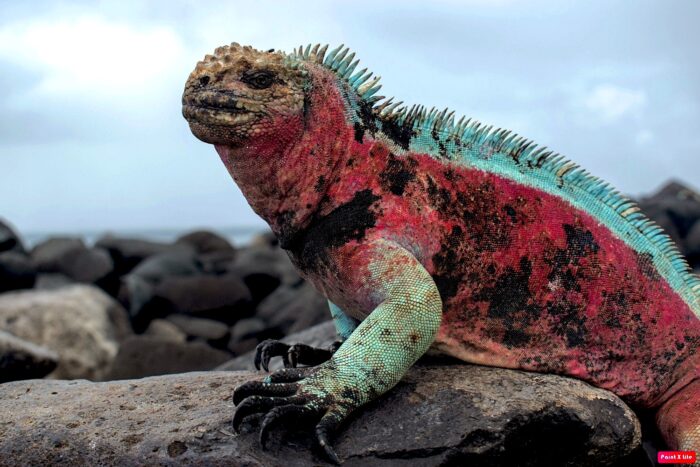Quick Overview
Highlights: Blue footed boobies, nesting albatrosses, galapagos hawk..
Maximal group size: 12
Full Day 7am - 5pm, only Thursdays and Saturdays

1 x snorkel or 1x dive at Gardner Islet Española
Snorkelling Gear / Diving Gear and Towels are provided by us.

One hike at Punta Suarez Española for approxiametly 1h, Difficulty: easy, closed shoes recommended

We provide lunch for you. We have vegetarian, fish or meat options, please let us know which are your preferences

Snacks and none-alcoholic drinks like: tea, coffee, coke, water are included
The Charter for Diving and Snorkel Groups, we do 2 dives, one at low Gardner and the second at Gardner Islet, Check for costs.
Details
Española Island Tours Galapagos: Waved Albatross & Premier Wildlife
Española Island tours galapagos offer access to one of the most historically and biologically significant sites in the archipelago. Also known as Hood Island, in honor of Admiral Samuel Hood, this island spans 60 km² and is geologically the oldest of all, dating back approximately 3 to 4 million years. Though uninhabited by humans, Española is a sanctuary for several unique animal species, including the endemic Española mockingbird, the Galápagos dove, the Galápagos gull, the colorful marine iguana, pinnipeds, and the magnificent Waved Albatross.
The island features two sites that are especially popular with visitors: the pristine Gardner Bay for beach and marine life, and Punta Suárez for its spectacular bird colony trails.
The highlight of any española island tours galapagos experience is undoubtedly the colony of Galápagos Waved Albatrosses. These magnificent birds are endemic to Española Island, meaning they are found nowhere else in the world! From the middle of March through the end of December, around 12,000 of these fascinating birds—with impressive wingspans of up to 2.40 meters—gather here. While they may seem clumsy on the cliffs, once airborne, they truly become the kings of the sky.
Española Island tours galapagos offer access to one of the most historically and biologically significant sites in the archipelago. Also known as Hood Island, in honor of Admiral Samuel Hood, this island spans 60 km² and is geologically the oldest of all, dating back approximately 3 to 4 million years. Though uninhabited by humans, Española is a sanctuary for several unique animal species, including the endemic Española mockingbird, the Galápagos dove, the Galápagos gull, the colorful marine iguana, pinnipeds, and the magnificent Waved Albatross.



 Main Visitor Sites on Española Island
Main Visitor Sites on Española Island The Culmination: Waved Albatross Colony
The Culmination: Waved Albatross Colony